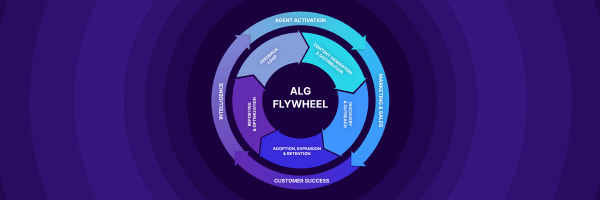What is Ad tag?
Ad tags, essentially, are tiny HTML code pieces that pave the way for the display and tracking of advertisements on a specific webpage. They serve as a connecting link between the website, ad server, and the advertiser, by providing critical information to the ad server like the position of an advertisement on the page, the size of the ad, and more. Ad tags work in real-time; each time a page with the ad tag is loaded, the ad server is instantly communicated to fetch and display the relevant ad.
Formula
- Generic format of an ad tag looks like:
- a href=”https://lifesight.io?locationID” img src=”https://lifesight.io?locationID/ad.jpg”
- Each ad tag is unique and typically includes attributes such as ‘LocationID’ for ad placement and the actual ad content (ad.jpg in this case).
Example
- A blogger might have the following ad tag on their blog:
- a href=”https://lifesight.io?topBanner” img src=”https://lifesight.io?topBanner/ad.jpg”
- The ad tag provides placement details (topBanner) and a reference image to the ad server.
Why is Ad tag important?
- Ad Placement: Ad tags provide control over where an ad will be displayed on a webpage.
- Tracking Performance: Ad tags help monitor the performance of an ad campaign. They can provide insights into impressions, click-through rates, and conversions.
- Real-time Bidding (RTB): Ad tags can facilitate RTB, a feature that allows real-time ad space buying and selling.
Which factors impact Ad tag?
- Relevant Ad Placement: Ad tags should be placed strategically on high-traffic parts of a page to enhance visibility.
- Ad Tags Optimization: Ad tags should be optimized to reduce their load time which can positively impact website performance.
- Regular Auditing: Regular checks should be done to ensure the ad tags are functioning correctly.
How can Ad tag be improved?
- Ad Blockers: Ad blockers can prevent ad tags from rendering properly.
- Website Performance: Slightly affected by the additional request made by ad tag to the ad server.
- Privacy Settings: Users’ privacy settings may restrict how much information is gathered by the ad tags.
What is Ad tag’s relationship with other metrics?
Ad tags have a strong relationship with key eCommerce metrics. For instance, by tracking the users’ interaction with an ad, it helps in measuring the conversion rate (the percentage of visitors who complete a desired action), bounce rate (one-page visits), and return on advertising spend (ROAS).
Free essential resources for success
Discover more from Lifesight
























































